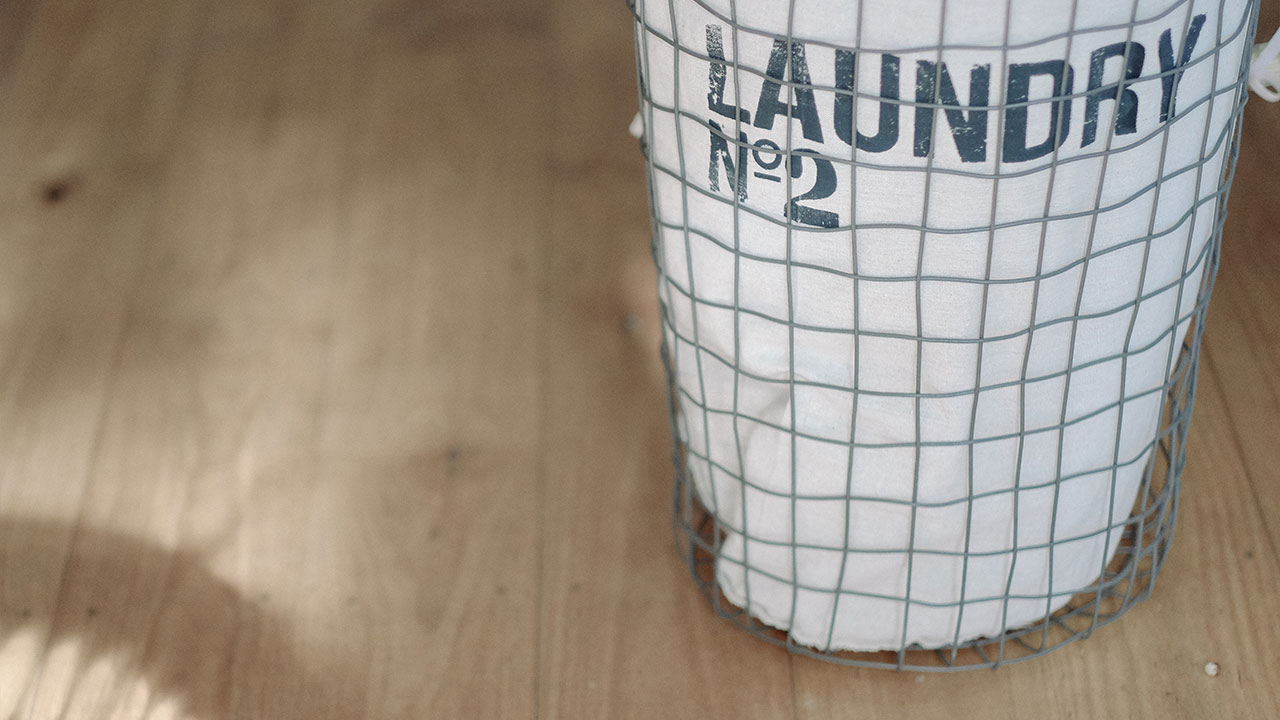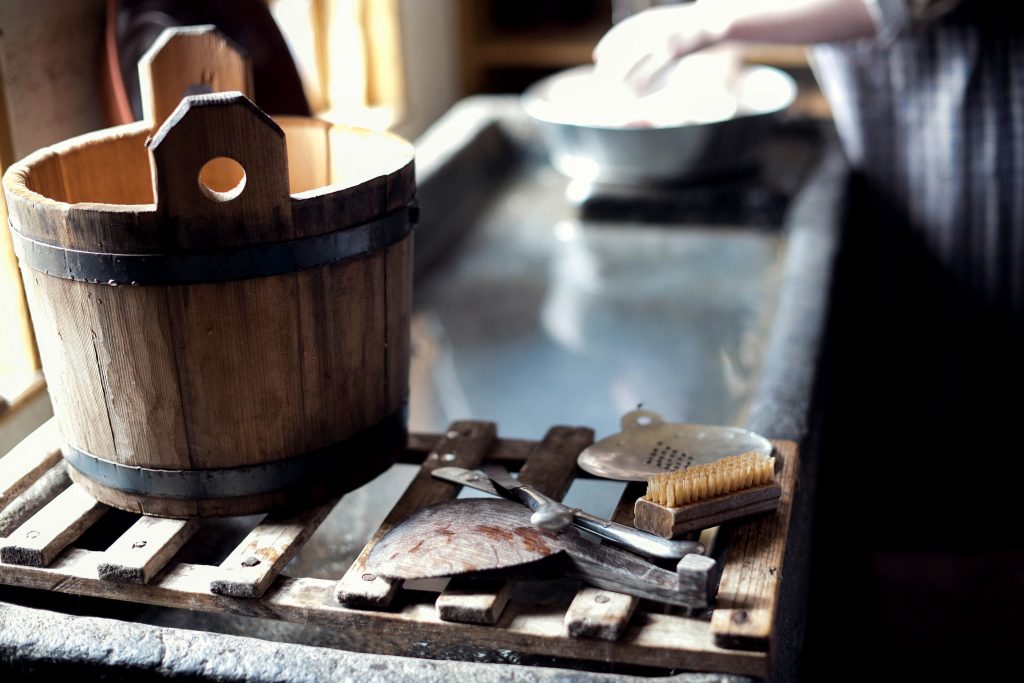
We spend a lot of time inside during these rainy days, therefore we may want to have a look at our air quality inside. One aspect is what cleaning materials we are using and therefore what VOC’s they are emitting. There is a direct correlation between the production of ozone and poor choices of cleaning materials. A high level of ozone will cause respiratory problems, headaches, sinus aches etc. Try using these substitutes:
TIPS FOR NON-TOXIC CLEANING

There are many ingredients in your own kitchen or bathroom cupboard that could easily be substituted for cleaners. More and more people are looking for natural ways of cleaning as their concerns grow over chemicals in cleaners that can cause eye, nose and throat irritation, headaches and dizziness. Many common household cleaners contain alcohol, ammonia, bleach, formaldehyde and lye, substances that can cause nausea, vomiting, inflammation and burning of the eyes and throat. Environmentalists have linked these ingredients with neurological, liver and kidney damage, asthma and cancer. There are hundreds of homegrown recipes for green cleaning; here are some of the basic ingredients and combinations you can try:
FIVE BASIC INGREDIENTS
- Any of these ingredients can be safely mixed together. Experiment and find out what works best for you. Store mixtures in spray bottles and label them.
- White Vinegar: Mix with water and you can clean windows, any glass, countertops and tile.
- Baking Soda: Mixed with water this becomes an all purpose cleaner. Scour sinks, tubs and even sprinkle over carpets as a deodorizer.
- Salt: great as an abrasive for cleaning pots and pans.
- Lemon Juice: use as bleach in laundry and on kitchen surfaces. Combine with vinegar and water and you have a nice de-clogger.
- Olive oil: Mix with vinegar and use as furniture polish.
COOK UP SOME GREEN CLEANERS
- DRAIN: Pour 125 ml of baking soda down the sink and add at least a cup of vinegar. Put the cover on the drain and wait a few minutes. Finish by rinsing through with a mixture of boiling water and salt.
- OVEN: Make a paste of baking soda and water. First, scratch off burnt spots with a scouring brush and then apply the paste and scrub.
- WHOLE KITCHEN: Use baking soda on non-scratch surfaces and vinegar and water mixture on all others
- WINDOW: Put 75 ml of vinegar for every litre of water in a spray bottle.
- GLASS: Blend 75 ml of vinegar, a spoonful of cornstarch and a litre of warm water. Apply with a sponge and wipe dry. No streaks!
- TOILET: Sprinkle baking soda around the inside of the toilet bowl and clean with toilet brush. Also drop some white vinegar into the bowl and let sit a few minutes before cleaning with the brush.
- TUB AND TILE: Mix 400 ml baking soda, 125 ml liquid soap, 125 ml water and a few spoonfuls of vinegar. Apply, scrub and wipe.
- MILDEW: Vinegar and salt.
- SILVER: Put a sheet of aluminum foil into a plastic or glass bowl. Sprinkle the foil with salt and baking soda and fill bowl with warm water. Soak your silver in the bowl and tarnish migrates to the foil. Dry and buff.
- CRYSTAL: Try a mixture of vinegar, water and a small amount of baking soda. Pour on a soft cloth and rub.
- BRASS: Cut a lemon in half, sprinkle it with salt and rub the lemon on the metal. Buff with a cloth.
- COPPER: Make a paste with equal parts white vinegar, flour and salt, leave on for an hour and then buff with a cloth.
- RUST: Vinegar can help remove rust on nuts and bolts and other mineral deposits such as calcium deposits
- TOOTHPASTE: Diminishes glass scratches, lifts crayon marks off the floor.
KITCHEN CLEANER
- baking soda
- essential oil (optional)
Half fill a plastic flip top or stainless steel shaker with baking soda. Add 15- 20 drops of essential oil (try lemon, thyme or lavender). Stir. Fill the shaker almost to the top with more baking soda. Put the lid on tightly and shake to mix.
To use: sprinkle on counters or sink, then wipe with a damp rag or cellulose sponge. Rinse well. Don’t use too much or you will need to keep rinsing and wiping.
ALL PURPOSE CLEANER
- 2 tbsp white vinegar
- 1 tsp Borax
- 16 ounces hot, filtered water
- ¼ cup liquid soap
- 10-15 drops of essential oil, such as lavender or lemon (optional)
First, mix the vinegar with the borax in a 16-ounce clean squirt bottle. Fill with hot, filtered water and shake until all the borax has dissolved. Next, add the liquid soap, followed by the essential oil. Shake again to mix. To use: squirt and wipe.
TUB AND TILE CLEANER
- 1 2/3 cups baking soda
- ½ cup liquid soap
- ½ cup filtered water
- 2 tbsp white vinegar
Mix the baking soda and liquid soap in a bowl. Dilute with 1/2 cup of water. Add the vinegar last. Mix with a fork until any lumps are gone. It should have a pourable consistency; if not, add more water. Pour into a 16-oz. squeeze container (the kind with a squirt flip-top cap). Keep the cap on, as this mixture will dry out easily. Shake well before using. Add more water if it dries out.
To use: squirt onto tile, tub, sink, or toilet bowl and scrub. Rinse well. If any baking soda residue remains (which will look like powder), use a little vinegar and water to rinse, and next time use less baking soda in the recipe.
ANTIBACTERIAL SPRAY
Here is a great non-toxic and very effective way to rid your bathroom (or any room) of germs.
- 1 cup filtered water
- 1 tsp pure essential oil of lavender
Place water in 16-oz. clean squirt bottle, add lavender oil, and shake vigorously to mix.
To use: squirt on surfaces and allow to stand for at least 15 minutes, or don’t rinse at all. This recipe keeps indefinitely. Use on toilet seats, countertops, doorknobs, and cutting boards – anywhere germs like to lurk. Lavender is more antiseptic than phenol, which is the industry standard.
GARLIC GARDEN SPRAY
- 1 head of garlic and 2 cups of boiling water and let it sit overnight
- 2 tsp vegetable oil
- 1 tsp liquid soap
- ANTS – Use apple cider vinegar, lavender, baking soda or powdered sugar applied to ant hills and trails
- COFFEE,TEA,BLOOD,CHOCOLATE – Borax
- WINE – Baking soda and corn starch
- INK – use salt, then lemon and then rinse
- GREASE – use Baking soda
- DRAIN UNCLOG – 1/2 cup baking soda and 1/2 cup vinegar and pour down the drain. Plug the drain. Wait 10 minutes and pour boiling water down to flush
- FABRIC SOFTENER – 9 oz of vinegar or baking soda with water
- TOILETS – vinegar, lemon or tea tree oil
- BLEACH – use apple cider vinegar instead
- FURNITURE POLISH – 1 part lemon juice with 2 parts olive oil
- FLIES – Pot of basil in kitchen
- MOTHS – Lavender or cedar
- CHEMICALS OUT OF NEW CLOTHES – Powdered milk and warm water for soaking new clothes before washing
© Stephen Collette 2016





